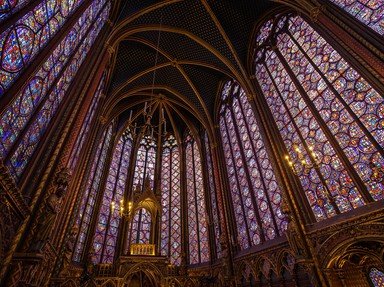Quiz Answer Key and Fun Facts
1. At one time, Austria (or the Austro-Hungarian Empire), contained a multitude of ethnic groups, including Czechs, Hungarians, Croats, Poles, Slovaks, Serbs, Italians, and others. Of all the languages spoken in that empire, which one remains the official and most widely spoken language of Austria today?
2. Austria is a federal republic, like the United States. It also has states. Which of the following is NOT an Austrian federal state?
3. What is Austria's highest peak, at 3,798 meters (or 12,461 feet)?
4. Austria's flag is composed of three equal horizontal stripes. What colors are the three stripes on Austria's flag, from top to bottom?
5. Which of the following memorable entertainers was NOT born in Austria?
6. Austria's capital is Vienna (Wien in German), a site where the Roman Empire established a military camp during the First Century, which became a municipality in 212. However, the Roman name of the city has Celtic roots, according to Wikipedia. What was the Roman name of Vienna?
7. World War I brought an end to four powerful empires: Germany, Russia, the Ottoman Empire, and Austria-Hungary. Which dynastic family ruled in Austria?
8. Although their performance center is in the Hofburg in Vienna, in which Austrian state are the famous Lipizzaner horses born and spend their youth running almost freely in the countryside?
9. On the outskirts of Vienna is the former Habsburg Imperial summer palace, whose environs include a beautiful garden and the Neptune Well. What is the name of this palace, which today is the most popular sightseeing site in Vienna?
10. The 1976 Winter Olympics had been awarded to Denver, Colorado, but Colorado voters refused to fund the event. The games ended up being held in which Austrian city, which had also hosted the 1964 Winter Games?
Source: Author
shvdotr
This quiz was reviewed by FunTrivia editor
stedman before going online.
Any errors found in FunTrivia content are routinely corrected through our feedback system.
